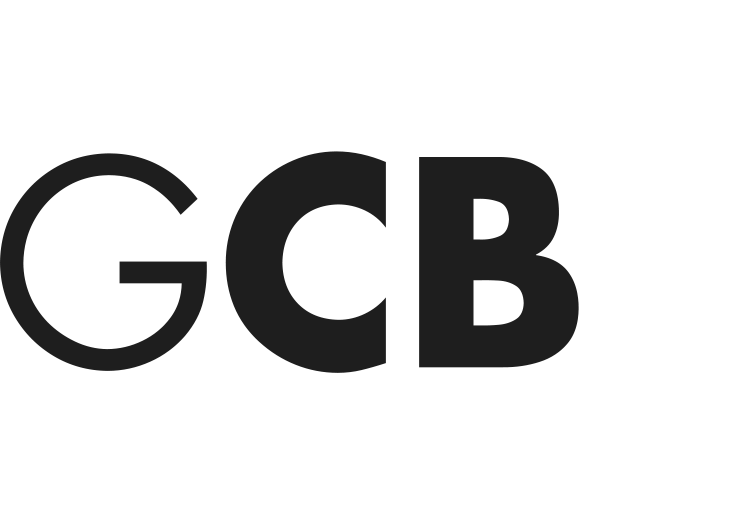GCB Kunstlexikon
ANTOINE JEAN GROS
KUNSTWERKE
Antoine Jean Gros | A collection of 52 paintings | LearnFromMasters |
Description: „Baron Gros, also known as Jean-Antoine Gros, was a pioneering painter of neoclassicism and French history. Born in Paris, Gros was trained first by his father, who specialized in painting miniatures, then by the eminent Jacques-Louis David. Throughout the 1790s, Gros accompanied Napoleon on his campaigns as an official battle painter. Scenes such as Napoleon Visiting the Pesthouse at Jaffa (1804), which was exhibited at the Salon of 1804 and deceptively glorified the French leader. Pictures such as this influenced others of his generation such as Théodore Géricault and Eugène Delacroix. Gros was named a Baron of the Empire by Napoleon after the Salon of 1908 where he unveiled „The Battle of Eylau,“ which depicted the bloody and ultimately inconclusive battle between Napoleon’s army and an outpost of the Russian army. As with many of his court paintings, the image functions to deify the general while retaining the most gruesome aspects of conflict and suffering. Tragically, Gros committed suicide in 1835, leaving a note explaining that he had become “tired of life, and betrayed by last faculties which rendered it bearable, he had resolved to end it.” | YouTube
WIKIPEDIA
ANTOINE JEAN GROS
KUNSTWERKE
Antoine Jean Gros | A collection of 52 paintings | LearnFromMasters |
Description: „Baron Gros, also known as Jean-Antoine Gros, was a pioneering painter of neoclassicism and French history. Born in Paris, Gros was trained first by his father, who specialized in painting miniatures, then by the eminent Jacques-Louis David. Throughout the 1790s, Gros accompanied Napoleon on his campaigns as an official battle painter. Scenes such as Napoleon Visiting the Pesthouse at Jaffa (1804), which was exhibited at the Salon of 1804 and deceptively glorified the French leader. Pictures such as this influenced others of his generation such as Théodore Géricault and Eugène Delacroix. Gros was named a Baron of the Empire by Napoleon after the Salon of 1908 where he unveiled „The Battle of Eylau,“ which depicted the bloody and ultimately inconclusive battle between Napoleon’s army and an outpost of the Russian army. As with many of his court paintings, the image functions to deify the general while retaining the most gruesome aspects of conflict and suffering. Tragically, Gros committed suicide in 1835, leaving a note explaining that he had become “tired of life, and betrayed by last faculties which rendered it bearable, he had resolved to end it.” | YouTube
WIKIPEDIA
ANTOINE JEAN GROS
KUNSTWERKE
Antoine Jean Gros | A collection of 52 paintings | LearnFromMasters |
Description: „Baron Gros, also known as Jean-Antoine Gros, was a pioneering painter of neoclassicism and French history. Born in Paris, Gros was trained first by his father, who specialized in painting miniatures, then by the eminent Jacques-Louis David. Throughout the 1790s, Gros accompanied Napoleon on his campaigns as an official battle painter. Scenes such as Napoleon Visiting the Pesthouse at Jaffa (1804), which was exhibited at the Salon of 1804 and deceptively glorified the French leader. Pictures such as this influenced others of his generation such as Théodore Géricault and Eugène Delacroix. Gros was named a Baron of the Empire by Napoleon after the Salon of 1908 where he unveiled „The Battle of Eylau,“ which depicted the bloody and ultimately inconclusive battle between Napoleon’s army and an outpost of the Russian army. As with many of his court paintings, the image functions to deify the general while retaining the most gruesome aspects of conflict and suffering. Tragically, Gros committed suicide in 1835, leaving a note explaining that he had become “tired of life, and betrayed by last faculties which rendered it bearable, he had resolved to end it.” | YouTube



